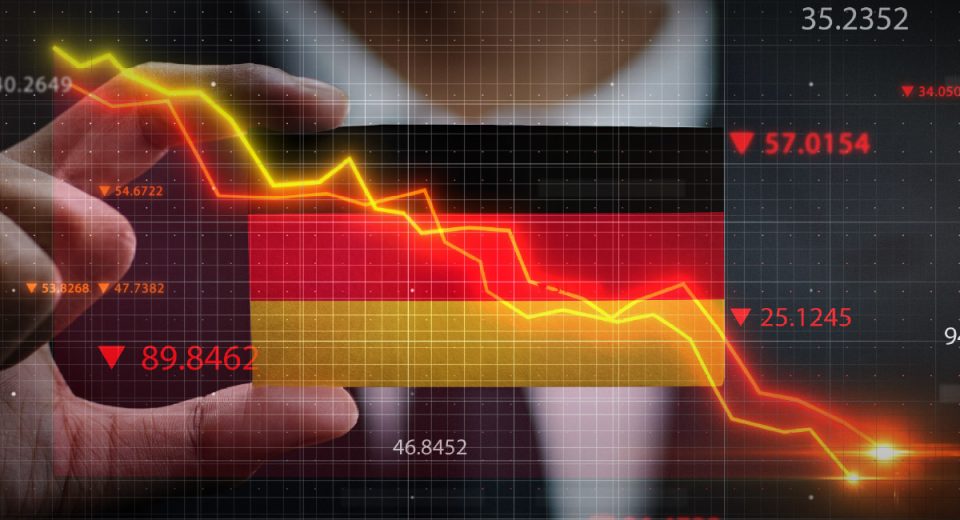How to Trade Earnings Reports

Companies report their results every quarter. These are popularly known as earnings reports, which are important indicators of their performance and prospects. Investors respond to the release of earnings reports, which causes high volumes of shares to change hands. This results in volatility in the equity market, which could continue for a few minutes after the release to a couple of days. These periods present attractive trading opportunities. Here’s a look at what these reports contain and how to trade them.
What’s Important in an Earnings Report?
Companies usually publish the complete set of results on their website. They also publish a press release and host a conference call, during which CXOs may highlight the reasons for the performance and expected opportunities and challenges ahead. They may also provide guidance (projections) for the next quarterly and full-year results.
While several figures will be released in the earnings reports, investors and traders focus on only the most important ones. What to look for in an earnings report:
Revenue or sales: Also called top line, revenue is the total amount of money that flowed into the company from the sale of its goods or services. For publicly traded companies, revenues are recorded when the company invoices its customers, not when they make payments.
Profit, net income or earnings: Also called the bottom line, this represents how much money a company made after deducting all expenses from revenues. A company may generate very high revenues, but if its expenses are high too, profits will be meagre.
Margin: This represents the ratio of profit to revenue and is expressed as a percentage. So, Net Profit Margin = (Net Profit / Revenue) x 100. It indicates the profitability of the company. The greater the margins, the healthier the business.
Earnings per share: EPS is derived by dividing earnings by the number of outstanding shares. This is the single most important figure that analysts and news reports cite. If a company repurchases its shares, its EPS will increase, even with the same amount of total earnings. This is good for investors and increases demand for the stock.
What To Understand Before Trading the Earnings
How does the market move before and after an earnings release?
When a company is gearing up to report earnings: Just before a company report publishes its financials, its share price may rise or fall depending on how healthy or dismal its results are expected to be. To make the decision to go long or short before an earnings release, experienced traders rely on fundamental analysis, which considers the company’s market position, product pipeline, competition, industry and the broader economy, apart from the expectations of its financial performance. New traders typically avoid stocks just before their results are announced.
When a company announces its results: It is not the absolute performance that moves the market. There are two very important factors that investors and traders respond to. The first is growth. For instance, a company may announce huge profits, but its share price may decline. This is because its earnings in the quarter may be less than that achieved in the previous quarter (known as a sequential decline) or in the same quarter of the previous year (known as year-over-year decline). The rate of growth in revenues and profits is what matters more.
The second consideration is how the results compared with expectations. For instance, a company may report very high earnings. However, it’s share price may decline after the earnings release if the market expectations called for even higher earnings. Conversely, a company may report a loss, but its share price may rise because investors had expected an even greater loss.
Trading the Earnings Release
This is all about doing your homework before trading the earnings release. Here are some things to do:
- Keep track of the earnings calendar to know when different companies will release their earnings.
- Find out how the stocks of your chosen companies performed after their previous earnings releases. You should check at least the last four quarters. This will tell you how sensitive the stock is to market sentiment.
- Is there any spillover effect of an earnings release? For instance, when Walmart announces results, it typically causes volatility in the share prices of its peers like Target and Costco.
- Consider how the broader market is moving. For instance, if tech stocks have been making gains and Microsoft releases upbeat earnings, its stock may spike higher than the results justify. This is because market sentiment was already positive and the positive earnings report feeds into the optimism.
Although you’re prepping for trading the earnings release, using your preferred technical indicators to confirm your trades is a good idea. For instance, the RSI will tell you whether the stock is overbought or oversold before the earnings release.
Risk management is very important when trading the earnings because a release can cause high volatility in a stock. Set up your stop loss and take profit levels on each trade.
Also, don’t rush when there’s an earnings release. A good approach is to take positions incrementally. This means you can take an initial position in a stock after an upbeat earnings release and then wait for other entry points as shown by your technical indicators to add more positions.
To Sum Up
- Earnings reports can cause volatility in the share price and present attractive trading opportunities.
- EPS is the most important figure to consider.
- A company’s growth and how the results fared versus expectations are important factors to consider.
- Check how the stock responded to previous earnings releases and whether there are any spillover effects of the earnings release.
- Consider how the broader market is moving.
- Rely on technical analysis to identify entry and exit points.
- Risk management is key to trading the earnings.
Disclaimer:
All data, information, and materials are published and provided “as is” solely for informational purposes only and are not intended nor should be considered, in any way, as investment advice, recommendations, and/or suggestions for performing any actions with financial instruments. The information and opinions presented do not take into account any particular individual’s investment objectives, financial situation, or needs, and hence do not constitute as advice or a recommendation with respect to any investment product. All investors should seek advice from certified financial advisors based on their unique situation before making any investment decisions in accordance to their personal risk appetite. Blackwell Global endeavours to ensure that the information provided is complete and correct but make no representation as to the actuality, accuracy or completeness of the information. Information, data, and opinions may change without notice and Blackwell Global is not obliged to update on the changes. The opinions and views expressed are solely those of the authors and analysts and do not necessarily represent that of Blackwell Global or its management, shareholders, and affiliates. Any projections or views of the market provided may not prove to be accurate. Past performance is not necessarily an indicative of future performance. Blackwell Global assumes no liability for any loss arising directly or indirectly from use of or reliance on such information herein contained. Reproduction of this information, in whole or in part, is not permitted.




